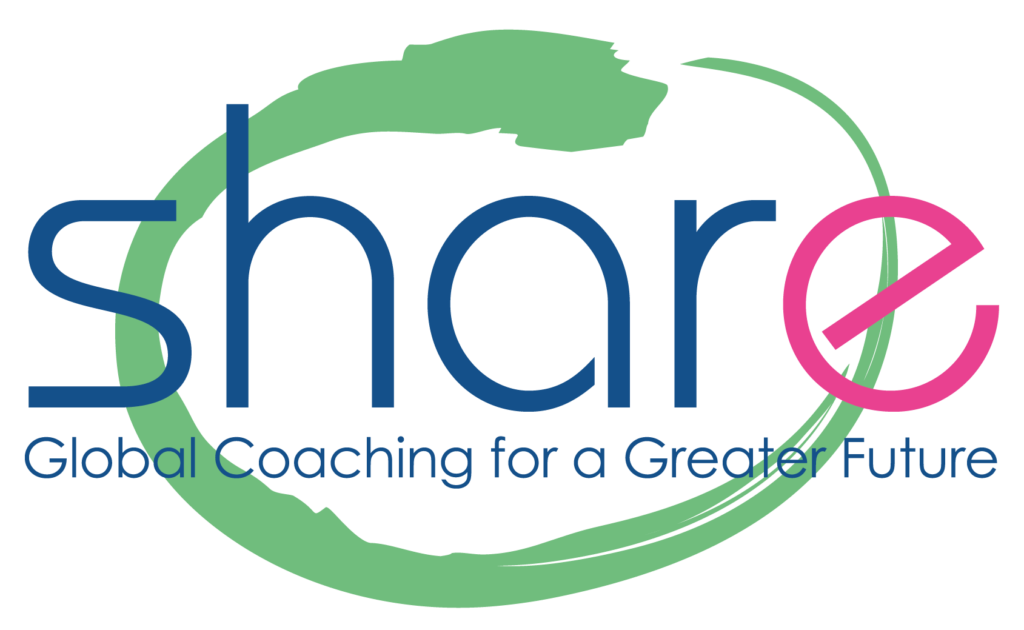The client’s order
I recently had the opportunity of co-assisting, with the help of my colleague and friend Catherine Tanneau, an international executive team meeting on the occasion of the appointment of their new Manager. Our client had asked for our assistance in accompanying his team of about thirty people in the definition of their governance and in answering the following questions: which stake holders will represent you? Which stake holders will take strategic decisions? Which is the best way of communicating them so that the company will perceive us as a supportive and united team? Which operating rules should we adopt?
The issue was stopping to beat about the bush, calling a spade a spade so as to find a governance that everybody would adhere to, while keeping in mind each person’s different role (staff at headquarters and international staff, supporting and operational functions, large and small countries, etc.) . Our main asset was the new boss who wanted to organize the meeting in a spirit of attentive listening and openness. He told us clearly that he had no preconceived ideas on the governance solution. He only wished that, after two days, the group would reach decisions that everybody would approve of, in order to act with a single voice vis-à-vis the company.
The questions we asked ourselves
Catherine and I were given carte blanche with all its advantages and disadvantages. We had a wide choice of unrestricted solutions, but we also ran the risk of having the group refuse to adhere to our approach or withdrawing into a wishy-washy consensus when facing an important decision. When you are in a 30-strong group it is easy to melt away into the crowd without committing yourself.
Our starting questions were:
– how do we create the conditions for joint responsibility?
– how do we get everybody to commit himself?
– how can we make sure that 30 people will reach joint operational solutions which everybody will adhere to?
The proposed solution
In order to elicit everybody’s commitment and responsibility aimed at finding solutions, we opted for the “Open Space” technique. After the new Manager’s speech concerning the “finding a joint governance” issue, we asked the group to answer the following question: “which are the issues we should cover in order to have the governance we want”? We asked the participants to have their say on as many issues as they wanted so as to touch upon all kinds of ideas and concerns. After a very creative post-it session, the group managed to find about fifty issues which, with the assistance of the participants and the facilitators, were divided into three categories.
We then asked the participants to place themselves in one group according to their concerns. The rule was: “choose with your feet and your heart. Pick the issue that really matters to you!”
Each group had a paper board with various post-it that concerned their particular issue. Since each issue had a certain number of post-it, we started by asking the group to define their issue accurately and then summarize it in one single sentence.
We then gave the groups three very simple rules:
1. Go ahead: suggest, create, be bold!
2. Be inclusive: listen to each other
3. If you wish to explore other issues, you may leave your group and work with other groups.
Each group had a very simple work frame: they had to answer the following questions:
– What is the issue at stake?
– What do we want to accomplish?
– What are our ideas/suggestions?
– What decision should we take together on the subject today?
Each group worked on his issue in a productive manner for about 45 minutes.
How can we make sure that the solutions are really shared?
To answer this question, at the end of the first work period, we asked each group to elect two representatives who would expound the group’s work. We also asked the other participants to move to another group so as to give their contribution to a different issue.
We repeated this exercise twice so as to enable each participant to work on the three issues, i.e. the
Issue they had initially chosen and the two other issues, with a 30-minute shift for each issue.
Consequently the decisions and solutions suggested by the initial group were discussed and enriched thanks to everybody’s input. Each group had a facilitator coach who helped them cover all the viewpoints for each proposed solution.
After completing the decision proposal exercise, we, the coach facilitators, with the help of three participants, jotted down all the proposed solutions and decisions on a board-sized slide: decisions to be taken, objections, further investigation.
We therefore had three boards, one for each issue.
At this point, we took a break to share a dinner in a friendly atmosphere and rest after a long day’s work. According to an old adage, “the night brings counsel”. We therefore allowed some time for ideas to settle, enable everybody to step back from his/her convictions and open up to other ideas.
That beneficial break paid off.
In the morning we resumed the meeting. For each proposed decision, we asked the group the following questions:
– who votes in favor?
– who votes against? If you vote against, what would make you vote in favor?
– can we take the decision now? If the decision cannot be taken today, who will take it upon himself to do it and when will the decision be taken?
This phase is very tricky because we must encourage the group to take as many on the spot decisions as possible, without deferring them, while at the same time listening to objections that may contribute to reaching a decision and making sure that everybody is really involved.
The outcome. How did we manage to get there?
To everyone’s surprise we got there because complex decisions with a lot at stake were taken by unanimous assent. We listened to objections and we integrated them into decisions in real time with everybody’s approval. At the end of the session, the group had taken 80% decisions. As for the remaining 20% we had a clear action plan specifying when and how the decisions would be taken.
How did we manage to get thirty people to agree on a shared decision when it is sometimes difficult
to take a decision with just three persons?
The answer is both simple and complex: we created the conditions allowing collective intelligence to operate.
– Openness and transparency, no preconceived ideas either from management or from ourselves: everything was possible!
– Leaving room for “organized chaos”, i.e. we allowed for moments of hesitation so as to enable participants to find on their own initiative the best way of organizing. This method involved them and forced them to assume full responsibility.
– We created the conditions enabling each participant to contribute to all decisions, since each participant took part in the work of the three groups.
– Listening, listening, listening: we made sure that everybody would be listened to and be heard, that all objections would be taken into account. This contributed to easing people’s minds and creating a true spirit of cooperation leading towards a common goal.
At the end of two days, participants were astonished at having obtained such a spectacular result in a relatively short time. For years they had been unable to find a governance that would involve all of them…
Picture: JR « Pic nic across the borders »



